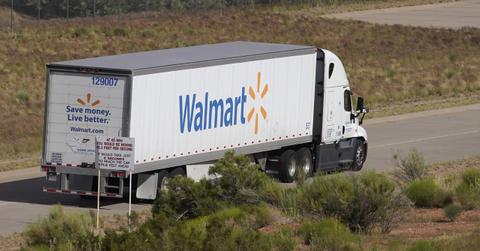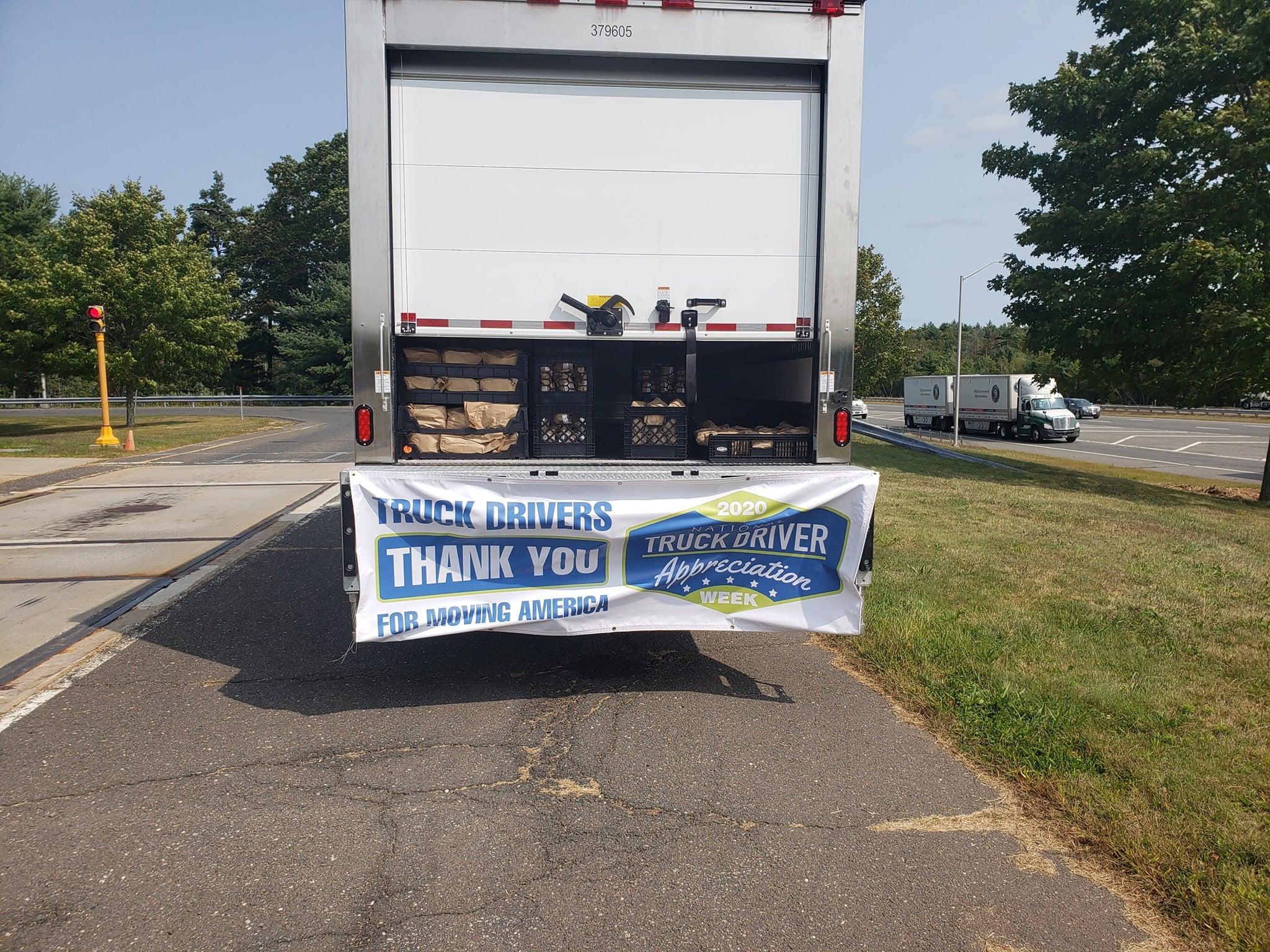Walmart Doubles Salaries to Combat U.S. Truck Driver Shortage
The unprecedented supply chain issues are impacting consumers and businesses worldwide. Why is there a shortage of truck drivers in the U.S.?
April 8 2022, Updated 2:00 p.m. ET

The supply chain world has been disrupted because the demand for most of the goods and services recovered swiftly even though almost nobody expected it. The supply didn't have enough time to adjust to the new normal, which was impacted by the COVID-19 pandemic. The supply-demand mismatch has been at the forefront of the current supply chain issues. Add the truck driver shortage for inland travel in the U.S. and you have the perfect recipe for logistical issues.
A truck driver shortage is basically a shortage of qualified professional truck drivers. Without enough truckers to transport the container ships carrying in-demand items, businesses are left waiting weeks to get what they need.
How severe is the truck driver shortage?
The truck driver shortage is one of the biggest and most chronic issues faced by the North American trucking industry. According to the American Trucking Associations (ATA) trade group estimates, the U.S. truck driver shortage in 2021 reached the highest ever level of 80,000. If the current trend holds, the shortage is expected to rise to 160,000 by 2030.

In a country where 68 percent of the freight is moved on U.S. highways, the driver shortage impacts the economy as a whole. The shortage has also led to an increase in driver pay, which in turn impacts supplier costs and consumer prices. This is definitely a cause of concern since U.S. inflation has touched a four-decade high.
What's causing the truck driver shortage?
The problem is two-fold. On one hand, many people are leaving the trucking force. Second, new people aren't willing to become truckers. According to the ATA, there isn't a single reason for the shortage but some of the issues faced by truck drivers are the time spent away from home, the older workforce, and a small number of women in the industry. The COVID-19 pandemic exacerbated the problem as some drivers had to leave the industry, plus truck driver training schools trained fewer drivers than normal in 2020.
Walmart is increasing truck driver salaries to retain and attract drivers.
Walmart announced a hike in its truck driver salaries amid the ongoing truck driver shortage. It's increasing truck driver salaries to as much as $110,000. Walmart mentioned that the average salary for a long-haul driver is $56,491 per year, while “Walmart’s starting wage can nearly double that.” This is the starting wage of drivers in their first year. According to the company, the drivers who have been driving for a long time can earn more based on factors like tenure and location. Walmart also offers other benefits including educational assistance to get a college degree.
Walmart is going one step further to counter the issue of truck driver shortage head-on. It has launched the first-ever Walmart Private Fleet Development Program. Over the course of a 12-week program, supply chain associates in the Dallas, Tex., and Dover, Del., areas earned their commercial driver’s license and became full-fledged Private Fleet Walmart drivers.
Can driver shortage be resolved by wage hikes?
One of the ways the shortage can be resolved is by offering truck drivers higher pay. However, many companies like US Express mention that they have already doled out a 30 percent–35 percent pay increase over the last 12 months. Many companies are offering five-figure sign-on bonuses. Many more companies might come under pressure to match the pay hikes by their peers. However, not all the companies can afford to do what Walmart or other large corporations have done.
Fleets have found that raising pay doesn't resolve driver shortages. According to Marilyn Surber, transportation adviser at recruiting and driver management software company Tenstreet, pay rate increases will have a small effect, but not a broad and sweeping one. In time, that becomes the baseline to hire a driver across the industry but that doesn't increase the supply of drivers. Many other fleet owners noted that the turnover is still high even after pay hikes.

Other solutions include decreasing drivers' time on the road, lowering the regulated driving age, targeting women and minorities, and autonomous trucking.
However, the shortage has been a chronic issue and isn't going to get resolved completely anytime soon. The truck driver shortage is expected to be a bottleneck in the overall supply chain in the short to medium term even if the other transitory factors get resolved.
